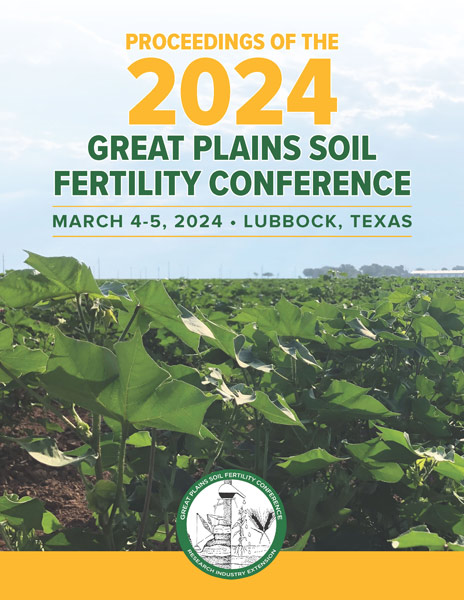Conference Proceedings Available!
The 2024 Great Plains Soil Fertility Conference Proceedings Book is now available! Click the link below to view the full document!
Proceedings
Authors
| Filter results1 paper(s) found. |
|---|
1. Evaluating the Trade-offs of Cover Crops in Dryland Wheat Systems of the Colorado PlateauOn the semi-arid Colorado Plateau, dryland farmers are challenged by severely degraded soils and low and increasingly unreliable precipitation. Cover crops have been shown to improve soil fertility and mitigate soil erosion in many regions, but are also associated with use of limited soil moisture, a cost that could mean decreased cash crop productivity for farmers. Most literature on cover crops comes from relatively humid climates, where crop yield penalties due to cover crops may be less pronounced.... L. Eash, A. Berrada, K. Russell, S. Fonte |
